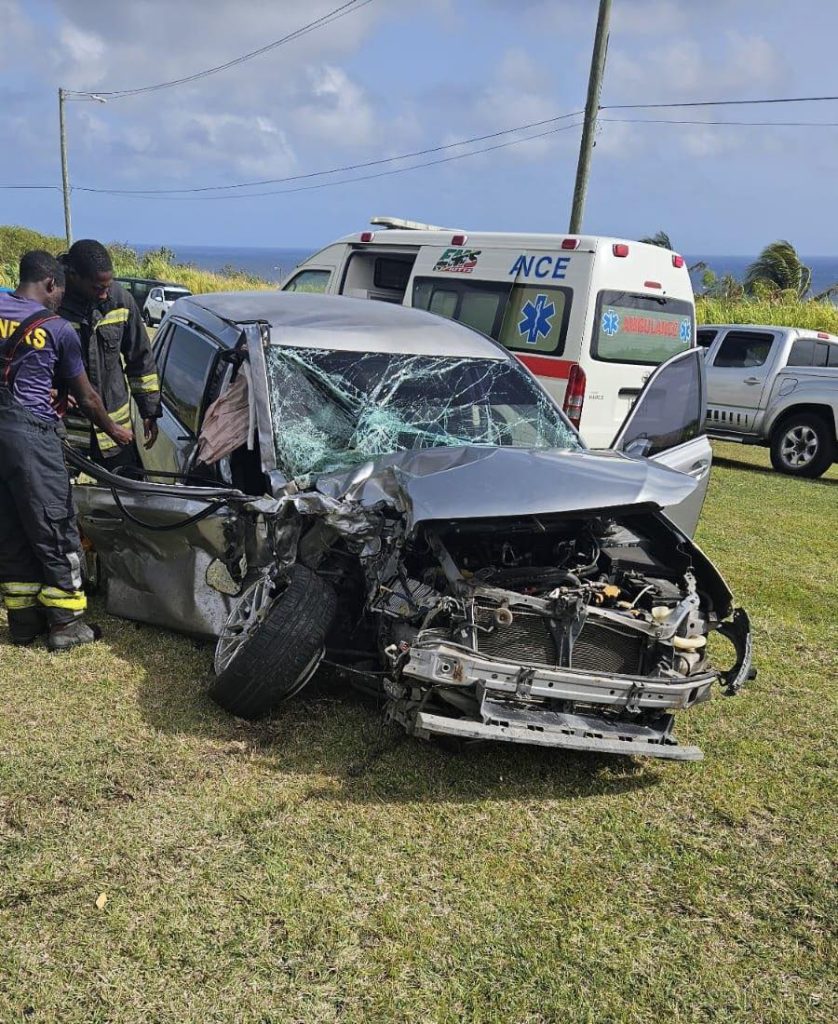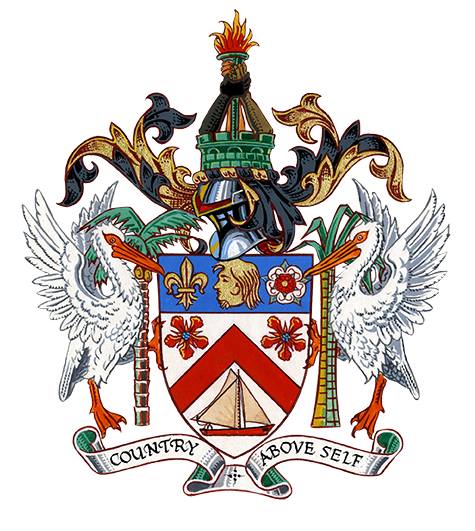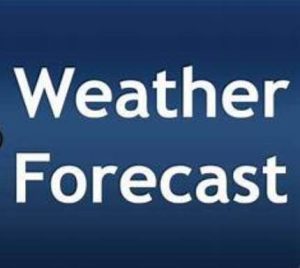The Hazards of Unsafe Overtaking
Overtaking, a common driving maneuver, transforms into a perilous act when executed carelessly or in prohibited zones. These zones, marked by inherent visibility restrictions and increased potential for conflict, include bends, crests of hills, intersections, and pedestrian crossings. The danger stems from the obstructed view and the unpredictable movements of other vehicles or pedestrians. A driver attempting to overtake in such a location faces a significantly higher risk of misjudging the available space, the speed of oncoming traffic, or the actions of other road users, leading to potentially catastrophic consequences. Recent weeks have witnessed a concerning surge in serious traffic accidents directly attributable to unsafe overtaking practices, underlining the urgent need for heightened awareness and strict adherence to traffic regulations. These accidents, often involving head-on collisions or multi-vehicle pile-ups, not only endanger the lives of the drivers involved but also pose a grave threat to innocent passengers, pedestrians, and other road users.
The legal framework surrounding overtaking emphasizes the gravity of these risky maneuvers. Traffic laws strictly prohibit overtaking in designated areas, often marked by solid lines or specific signage. Drivers who disregard these regulations face severe penalties, ranging from substantial fines to license suspension. In cases where dangerous overtaking results in injury or death, the legal repercussions escalate significantly, potentially leading to prosecution for dangerous driving, a serious offense with potentially severe custodial sentences. This stringent legal approach underscores the principle that driving is not an inherent right but a privilege granted under the condition of responsible and law-abiding behavior. The law aims to deter reckless driving practices and hold accountable those who endanger themselves and others through irresponsible overtaking.
Beyond the legal ramifications, the physical consequences of dangerous overtaking can be devastating. A single miscalculation can result in catastrophic accidents, leaving a trail of destruction and suffering. Head-on collisions, often the result of misjudged overtaking attempts, carry a high risk of severe injury and fatality due to the combined impact forces. Rollovers, another common outcome of unsafe overtaking, can inflict severe injuries on occupants due to the violent tumbling motion. Multi-vehicle pile-ups, triggered by the initial impact of a dangerous overtaking maneuver, can create a chain reaction of collisions, magnifying the scale of the accident and the resulting injuries. These accidents often lead to life-altering injuries, including spinal cord damage, traumatic brain injuries, and amputations, leaving victims with long-term physical disabilities and emotional trauma. Fatalities resulting from such accidents inflict immeasurable grief and suffering on families and communities.
The economic fallout of a serious overtaking accident compounds the physical and emotional toll. The immediate financial burden includes mounting medical bills, often reaching astronomical figures for complex treatments and prolonged rehabilitation. Vehicle repair or replacement costs further strain the financial resources of those involved. Insurance premiums inevitably increase, reflecting the heightened risk associated with the accident. In some cases, lawsuits may arise, adding legal expenses and potential settlements to the financial burden. Furthermore, the loss of income during recovery, particularly for those with physically demanding jobs, can exacerbate the financial hardship, potentially leading to long-term economic instability. In the tragic event of fatalities, no amount of financial compensation can truly address the immeasurable loss of life and the profound emotional and economic impact on families and dependents.
The overarching message is clear: think twice before overtaking. Patience is a virtue, particularly on the road. A momentary lapse in judgment, driven by impatience or a desire to save a few seconds, can have irreversible and devastating consequences. Respecting road markings and signage is not merely a legal obligation but a fundamental aspect of responsible driving. These markings and signs are strategically placed to ensure road safety and prevent accidents, particularly in hazardous locations where overtaking poses an increased risk. Drivers must internalize the understanding that their momentary haste is never worth risking a life or potentially destroying multiple futures.
Cultivating a culture of safe driving is a collective responsibility. Every driver plays a crucial role in ensuring the safety of themselves, their passengers, and other road users. This responsibility requires a conscious commitment to sensible and responsible driving practices. Adhering to traffic laws, maintaining a safe following distance, and exercising caution when overtaking are paramount. By prioritizing safety over speed and patience over impatience, drivers can collectively contribute to safer roads for everyone. Ultimately, the life saved through responsible driving may very well be one’s own.
Share this content:












Post Comment